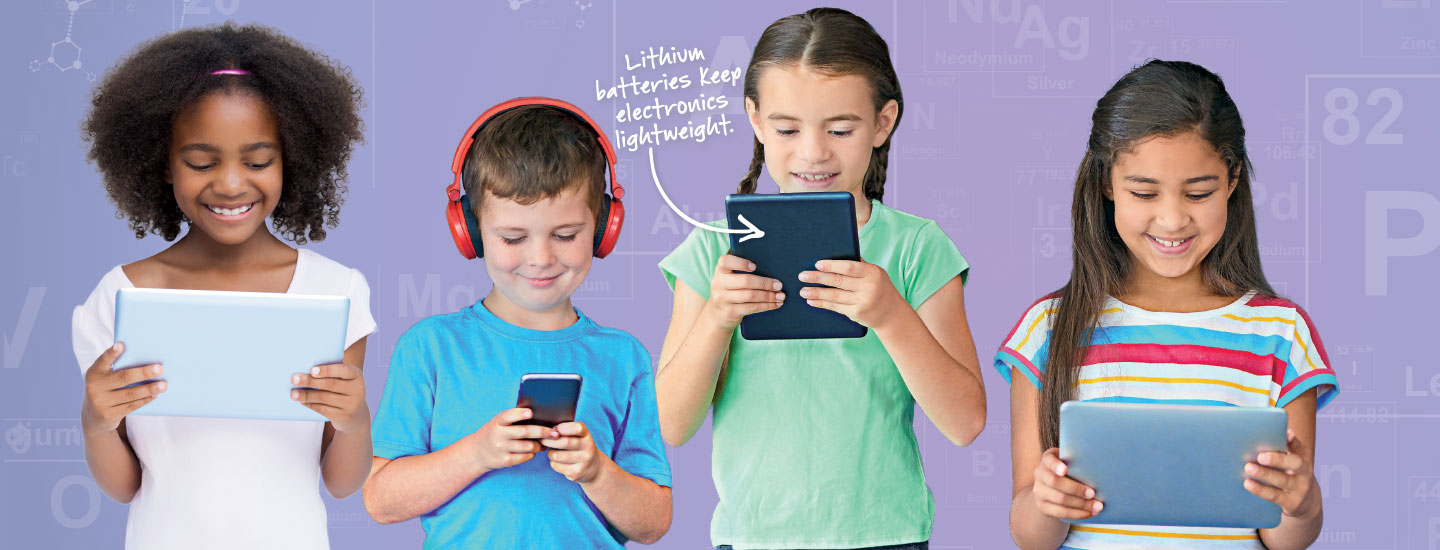Take a look around the room. Everything you see is made up of matter. Different types of matter have different properties, or characteristics. Matter can be hard or soft, heavy or light. It can even be invisible, like the air around you.
All matter is composed of one or more of 118 chemical elements. These substances are the building blocks of everything in the universe—even you! The properties of matter depend on the elements it’s made of.
Take a look around the room. Everything you see is made up of matter. Different types of matter have different properties. Matter can be hard or soft. It can be heavy or light. It can even be invisible, like the air around you.
All matter is made up of one or more chemical elements. There are 118 of these substances. They’re the building blocks of everything in the universe. Even you are made up of elements! The properties of matter depend on the elements it’s made of.

